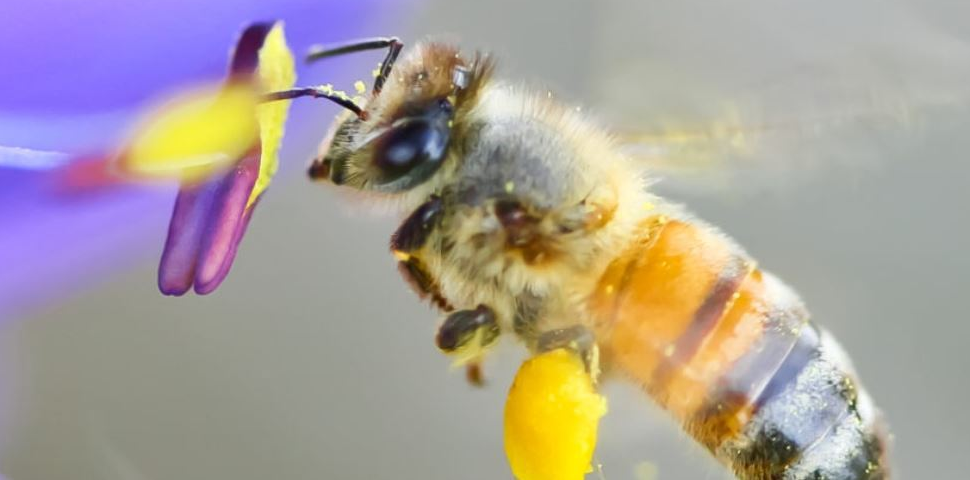Principal Investigators: Olav Rueppell, Kaira Wagoner
Application Number: 15/742,072, 16/279,432
UNCG Innovation: 15-0007
Category: Biology
Description:
Varroa destructor is a parasitic mite of the honeybee, and is currently considered to be the most important threat to honeybee health. In addition to causing physical harm to honeybees, Varroa mites vector many harmful honeybee diseases, and are associated with overwintering collapse of honeybee hives. Beekeepers struggle to combat the Varroa mite using pesticides that are harmful to honeybee workers, drones and queens. In addition, recent studies indicate that Varroa are gaining resistance to the pesticides that are currently commercially used for their control.
Our behavioral studies in honeybees have revealed that honeybee larvae emit signals that guide nurse bees to remove unhealthy, parasitized brood. We set out to identify this signal using Gas Chromatograph Mass Spectrometry
(GCMS). Through GCMS, we have identified one particular chemical that becomes elevated in the presence of the Varroa mite, and thus may be the trigger for removal of unhealthy brood (see GCMS output below – red arrow indicates the chemical of interest). We have confirmed that the chemical is a
tritriacontene.
Previously, no such chemical has been identified. Identification and commercialization of this chemical would give a unique opportunity to improve honeybee health. The applications listed below are conceivable once the precise identity of this chemical has been determined.
Immediate & Future Applications:
Once precise identification of this chemical has been confirmed, the compound will need to be synthesized. After synthesis, tritriacontene could be used as:
- A tool for selective breeding of disease and pest-resistant honeybees
- A bioassay for beekeepers to assess the quality of heir honeybees
- A biological, non-toxic treatment for mite-infested honeybee hives
Inventor Info: Olav Ruepell
- https://biology.uncg.edu/people/olav-rueppell/
- https://biology.uncg.edu/rueppell-lab/
- https://biology.uncg.edu/labs/rueppell/research.html
- https://www.linkedin.com/in/olav-rueppell-4863393a
- https://www.grantome.com/grant/NIH/R21-AG046837-02
Inventor Info: Kaira Wagoner
- https://biology.uncg.edu/people/kaira-wagoner/
- https://www.linkedin.com/in/kaira-wagoner-56641a9
- https://www.projectapism.org/project-apis-m-blog/developing-beekeeper-tools-to-test-for-hygienic-behavior
Media:
- https://newsandfeatures.uncg.edu/kaira-wagoner-honey-bee-research/
- https://uc.uncg.edu/prod/cweekly/2017/01/23/dr-kaira-wagoner/
- https://spectrumlocalnews.com/nc/triad/news/2015/11/19/uncg-student-research-solve-global-beehive-mystery
- https://www.projectapism.org/project-apis-m-blog/developing-beekeeper-tools-to-test-for-hygienic-behavior
- https://entomologytoday.org/2018/09/19/sick-honey-bee-brood-sounds-alarm-hygienic-behavior/
